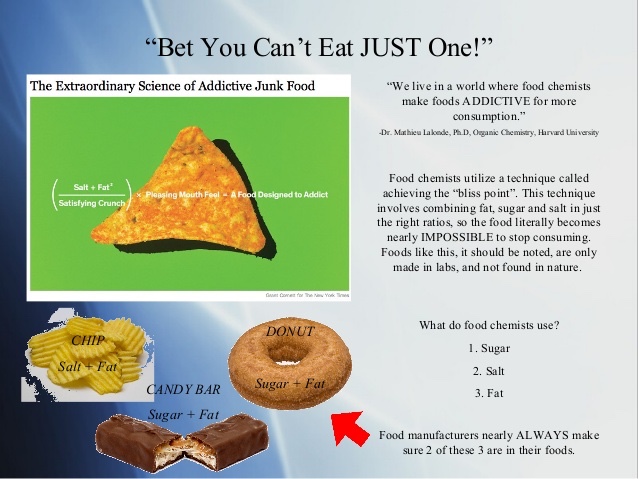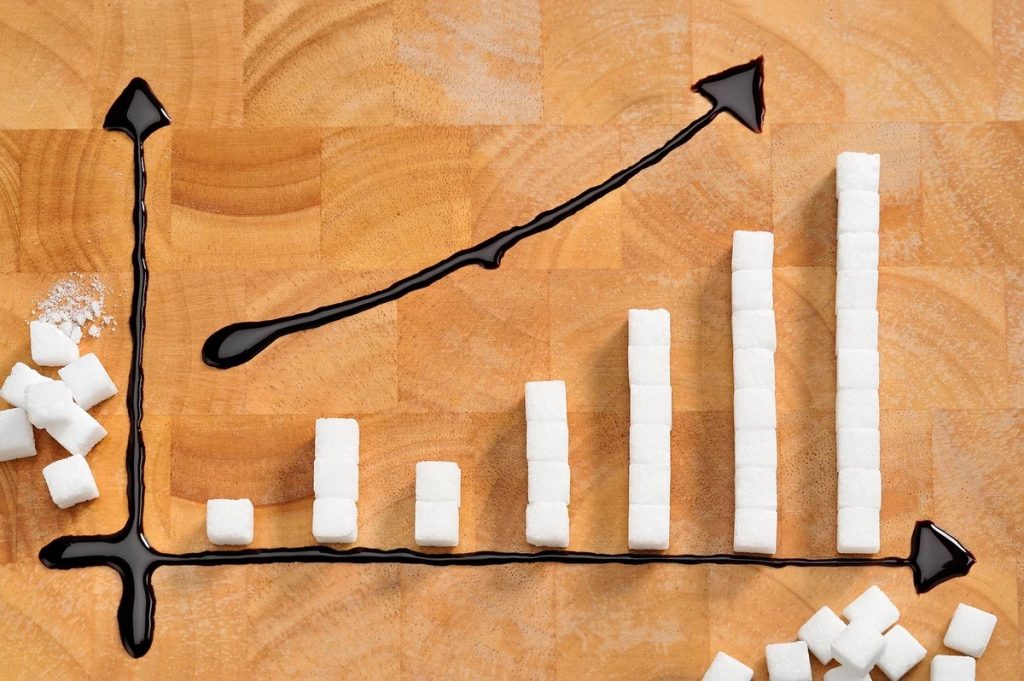
“The bliss point is the amount of an ingredient such as salt, sugar or fat which optimizes deliciousness.”
Howard Moskowitz
“Bliss point” is a term coined by American market researcher and psychophysicist Howard Moskowitz, and is considered the amount of an ingredient, such as salt, sugar and fat, which optimizes tastiness, Moss said.Nov 14, 2018
Moskowitz describes the bliss point as “that sensory profile where you like food the most.” The bliss point for salt, sugar, or fat is a range within which perception is that there is neither too much nor too little, but the “just right” amount of saltiness, sweetness, or richness.
For companies, the entire process is geared towards finding a particular food’s “bliss point”, which is the ratio of three nutrients: salt, sugar, and fat. These compounds trigger all our taste buds together, which further activate pleasure receptors in the brain.Nov 22, 2019

Yagi Studio/Getty Images
Economics
Bliss Point – in economics – is the quantity of consumption beyond which any further increase in consumption becomes less satisfying.
Junk Food
This is known as ‘bliss point’ – the exact measures of fat, sugar, and salt that make our taste buds tingle and override the brain’s natural ‘stop’ signals. This bliss point plays a significant role in why we crave certain addictive foods, such as ice cream and crisps.
When we eat junk foods the reward circuits within our brains activate and release the chemical dopamine. Our brains can become overwhelmed by the pleasure from these rewarding foods and in response, the brain adapts and makes more receptors for dopamine.


























